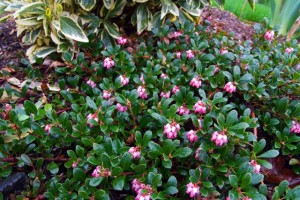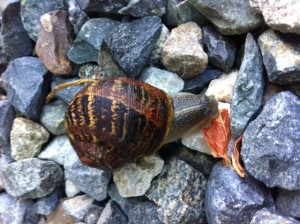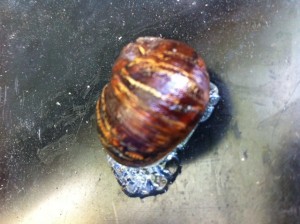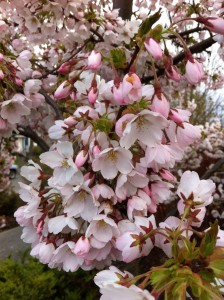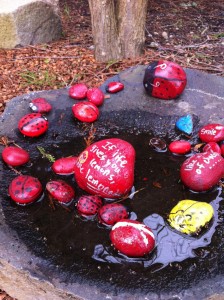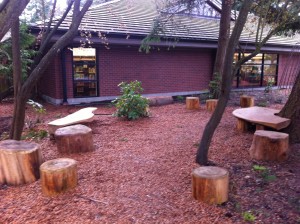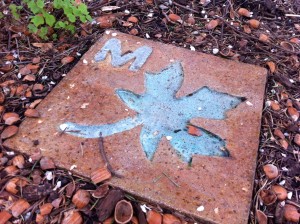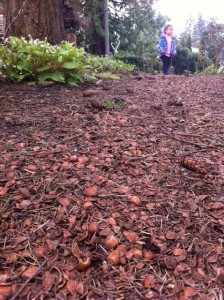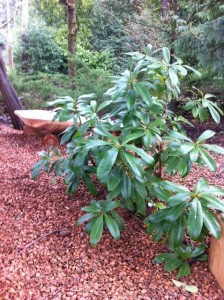Building custom cedar fences in the Seattle area
November 28, 2012 @ 12:52 pm
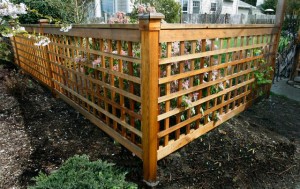
Trellis fence by Ecoyards.
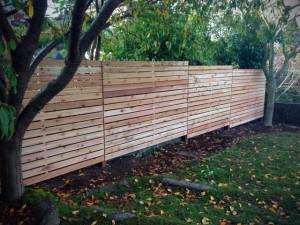
Horizonal fence by Ecoyards.
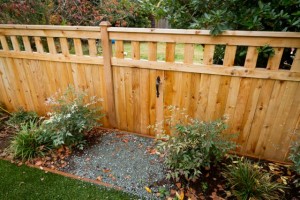
Cedar fence with secret “Hobbit” gate for the kids, Laurelhurst. Custom-built by Ecoyards.
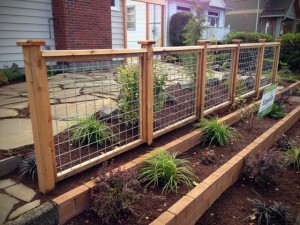
Galvanized steel mesh fence with cedar frame by Ecoyards.
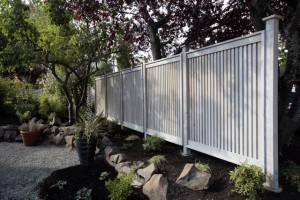
Cedar fence with transparent stain by Ecoyards. Photo by Meryl Schenker.
When we first bought our house in West Seattle, you could walk directly from our front yard into the open space of our backyard. We didn’t have a fence that separated the front and back yard spaces, and for a while that worked just fine for us. But then we got a dog and later a kid, and it seemed appropriate to build a fence to prevent both from running into the street.
We wanted privacy, but we didn’t want to be completely screened from the street, so we settled on a three-foot lattice fence with landscaping to provided added privacy, and an arbor where a hydrangea vine and tea roses could grow.
There are many reasons for building a fence, including to: mark your property line, create privacy in your backyard, add charm and structure to your house, or even add property value by creating more useable space. There are also many types of fence designs (formal, picket, classic), and materials (wood, metal, vinyl, bamboo, wrought iron, etc.). Some clients want full privacy and fences as tall as possible, while others want simply to create a focal point in the yard.
What ever your style or needs, Ecoyards can work with you to design the right fence for your home. We’ve custom built a wide range of wooden fences and arbors to suit clients’ individual needs, tastes and budgets. We specialize in custom wooden fences, and other woodwork, such as arbors, trellises, and raised vegetable beds. We’ll work with you to come up with a style. Contact us to setup a consultation.
We just finished a more formal-style cedar fence in the Laurelhurst neighborhood. It’s exactly the kind of fence you would have wanted as a kid. Built into the fence is a small Hobbit door (look closely and you’ll see the black door handle) that allows the clients’ children and the kids next door to go between their houses. Not everyone would want this, but the client and his neighbor are friendly and used to having the kids tromp through each other’s yards. The fence provides privacy for the homeowner, but is still inviting to the next door neighbors.
Filed under Seattle Landscape Design Permalink · 1 Comment »
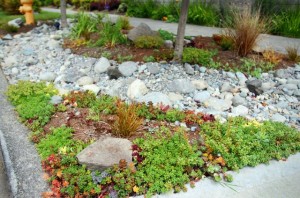


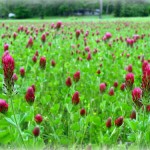
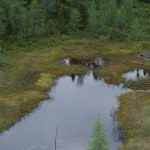
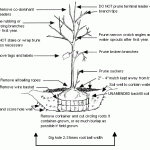 The cooler weather in Seattle means it’s time to plant trees! Fall is a great time to do this, because the weather is much cooler and this allows trees and plants to establish new roots rather than withering in dry, summer conditions.
The cooler weather in Seattle means it’s time to plant trees! Fall is a great time to do this, because the weather is much cooler and this allows trees and plants to establish new roots rather than withering in dry, summer conditions.